Incense has the power to purify and sanctify, charm and cheer, elevate and inspire.
Incense has been used for centuries across many cultures to offer pleasing fragrances to the gods or fill a space with intoxicating scents. The art of incense making has developed over generations, using traditional techniques and natural, sustainable materials.
Incense has long been essential in spiritual ceremonies and daily worship worldwide. Whether burned as Organic Dhoop cones, premium dhoop sticks, or natural dhoop sticks, it carries prayers and offerings to the heavens.
In the Indian tradition, incense, known as dhoop, is commonly used in pooja or prayer. Artisans carefully craft Dhoop sticks specially formulated for ritual use. These sticks’ pure ingredients and slow-burning nature means they send fragrant smoke, or back smoke dhoop, upward for hours. Used alongside offerings of food, flowers, and water, dhoop sticks are an integral part of showing respect and devotion to the gods.
Organic dhoop cones are also popular for various spiritual ceremonies and daily well-being. Their compact triangular prism shape makes them tidy to use on altars or hold in the hand. Like dhoop sticks, organic cones produce soothing fragrances through slow, complete combustion. Depending on the purpose of prayer or type of ritual being conducted, a variety of herbal and resin combinations can be selected.
Whether choosing premium dhoop sticks, natural dhoop sticks, or organic dhoop cones, worshippers appreciate incense’s role in cleansing a sacred space, lifting prayers on its smoke, and creating a mood of calm reflection. The tradition and craft of incense making continue to serve those who recognize the power of fragrant offerings in connecting to the divine.
Let’s look at how different types of incense are crafted, from raw ingredients to the finished product.
From Raw Materials to Finished Fragrance
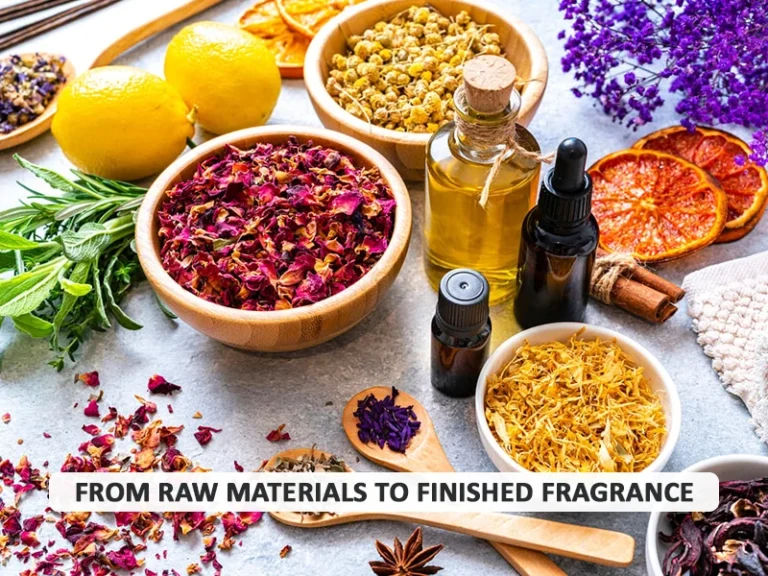
Raw materials are carefully selected for their fragrant properties and spiritual significance. Rather than artificial chemicals, natural sources are used to infuse incense with layered aromas.
Herbal Extracts and Flower Essences
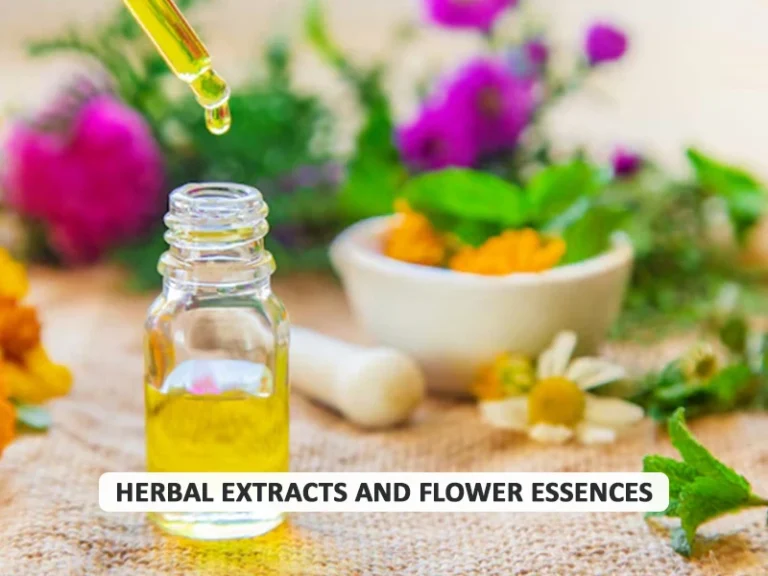
A wide variety of flowers, herbs, spices, and resins are sourced from local growers. Each item brings its unique scent qualities. The aromatic volatile oils and compounds are extracted through a cold pressing process to be used in incense formulas. Different plant parts, such as petals, leaves, roots, or stems, may be chosen depending on the fragrance profile desired. Freshly harvested materials help ensure the most potent essences are captured.
The extraction process involves carefully selecting plant materials at their peak aromatic point. They are gently cleaned and separated. Then, the plant parts are piled into a stone-pressing apparatus and left to steep. Over several days, the aromatic compounds seep naturally from the plant tissues into a base oil. Regular pressing expresses more of the precious essences without damaging heat or chemicals. The resulting herbal-infused oils provide the foundation layer of many complex incense blends.
Essential Oils for Complex Aromas
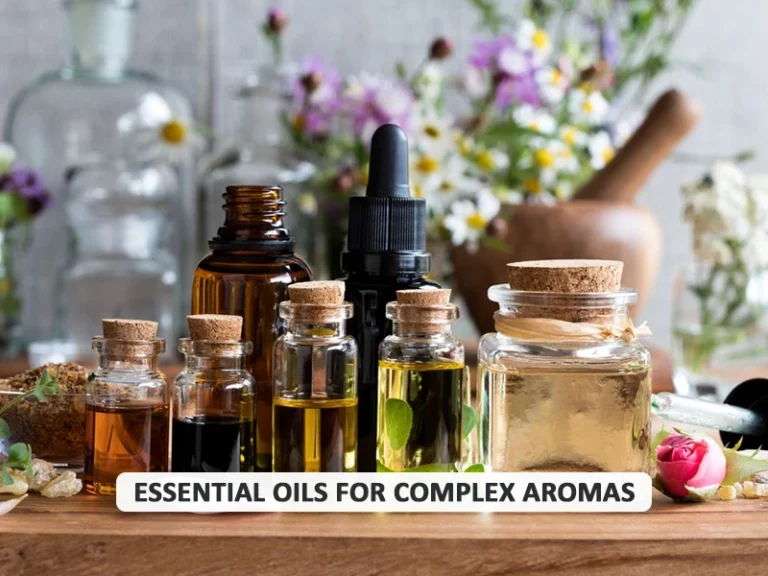
Some base incense formulas like natural dhoop sticks and organic dhoop cones rely on specific essential oils for their principal scents. Oils are carefully distilled or expressed from lavender, rose, sandalwood, or guggal. Using pure, therapeutic-grade essential oils lends a profoundly aromatic body to incense. Their complex blend of organic compounds imbues incense with lively, natural fragrances.
Each essential oil has unique scent components that emerge at different temperatures during steaming. Craftspeople skillfully monitor these distillations, collecting separate “heads,” “hearts,” and “bases” to maximize the enticing aromatic molecules isolated. Later, specific essential oil fractions may be blended back together or used singularly to impart distinct facets of an aroma. The top notes of a rose might be paired with cinnamon and sandalwood heart notes for a spicy, woody fragrance. Careful selection of natural essences allows incense makers to design complex perfume profiles through simple ingredients.
Traditional Binding Agents
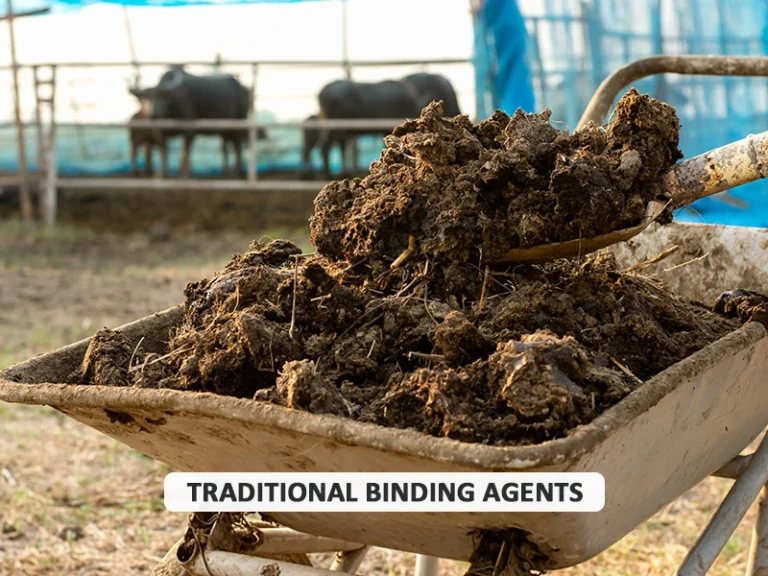
Some key binding agents give incense its physical form. For instance, a paste of cow dung is commonly employed, as it burns slow and clean, releasing a light, smokey fragrance. Gums and resins from trees like chandan and kesar blend for their fixative properties and contribution to resinous aromas. The goal is to bind ingredients into sticks, cones, or other formats that burn evenly and thoroughly.
Transforming Raw Materials into Finished Incense

Now that the essential materials have been source and collected, they undergo further preparation. The essential oils, herbal extracts, and binding agents like cow dung are carefully blended into vividly aromatic compounds through methods passed down for generations.
Then comes the most satisfying part: seeing these liquid-and-paste formulas transformed into finished incense products. Skilled artisans handly shape the mixtures in dhoop sticks, cones, hawan/sambrani cups, or pads before allowing them to cure and fully develop their fragrances. Quality checking ensures each batch meets the highest standards.
The process requires patience, concentration, and respect for traditions. Still, it yields incense that enriches lives and rituals through its uplifting and relaxing aromas. Each finished natural dhoop stick or dhoop cone carries the care and craft of its makers.
Conclusion
The craft of incense making has been preserved and perfected over centuries. Artisans thoughtfully source natural materials and blend them with artistry using time-honored techniques passed down through generations. Through patience and skill, raw ingredients are transformed into finished incense products that delight the senses. Whether sampling complex essential oil blends or traditional cow dung-bound sticks, using incense immerses one in an aromatic experience with ties to rituals, ceremonies and well-being practices across cultures.
As we have seen, incense is made through hands-on preparation at each step – from selecting floral essences and extracts to shaping cured pastes. Care, attention to detail, and safeguarding of traditions remain essential to the art form. It is rewarding to appreciate the layers of fragrance imparted by natural substances and the satisfaction of observing materials transformed.
At Nira, we put love into sourcing, blending, and finishing each incense item to ensure its potent qualities. Whether bringing calm or adding depth to ritual observances, incense enriches lives through its uplifting smoke. As long as artisans pass knowledge between generations and consumers, light sticks with care; this ancient practice will persist in satisfying our senses and souls. The craft carries an appreciation of ceremonies, relationships, and bonds between materials, makers, and users that transcend products. In this way, incense-making is a timeless art.
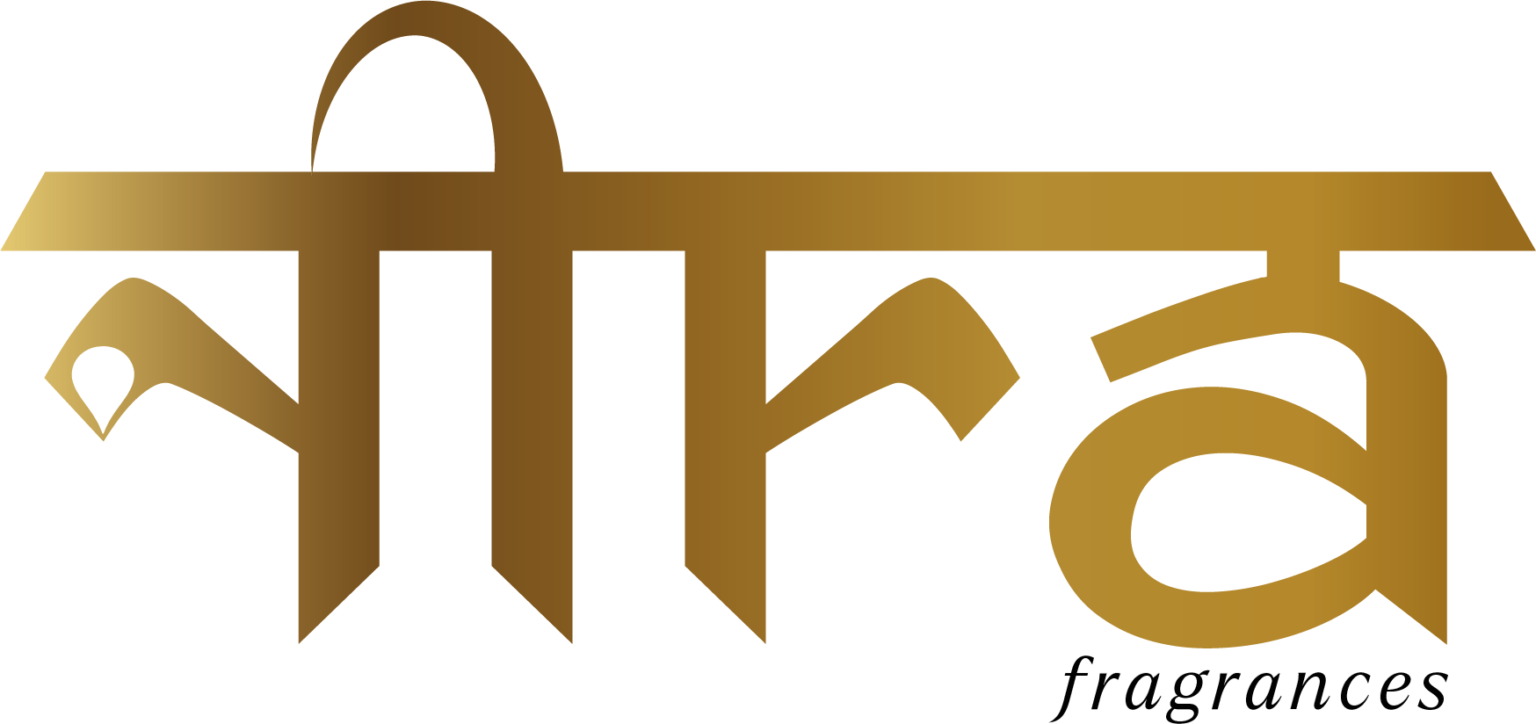


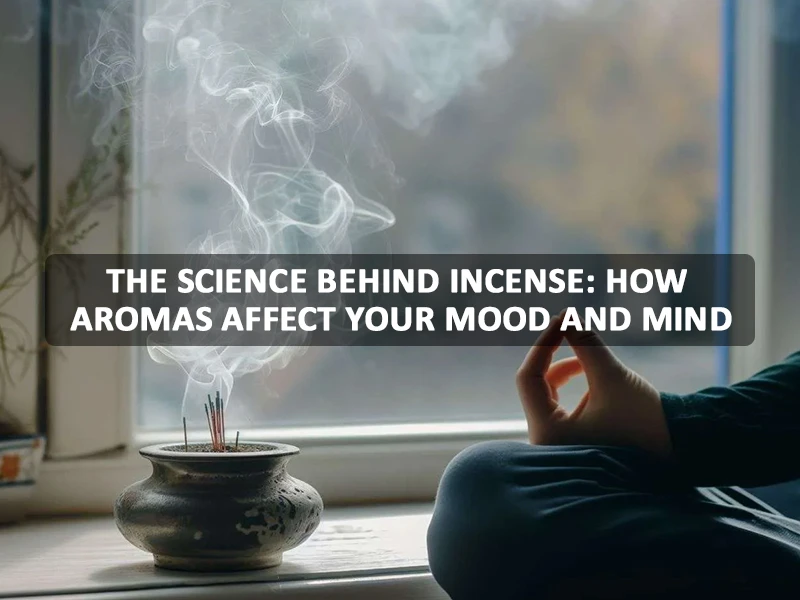




Leave a comment
Your email address will not be published. Required fields are marked *